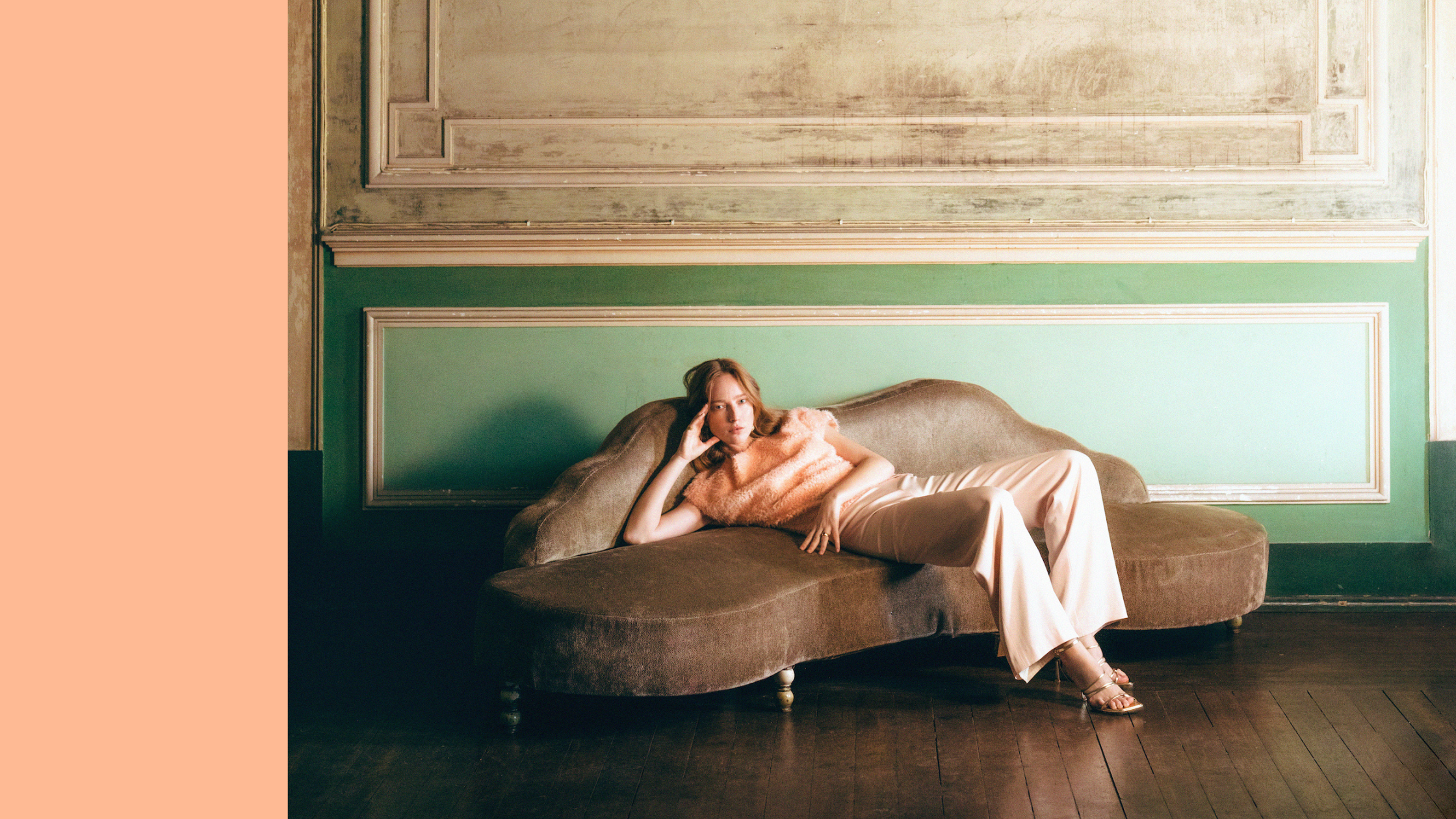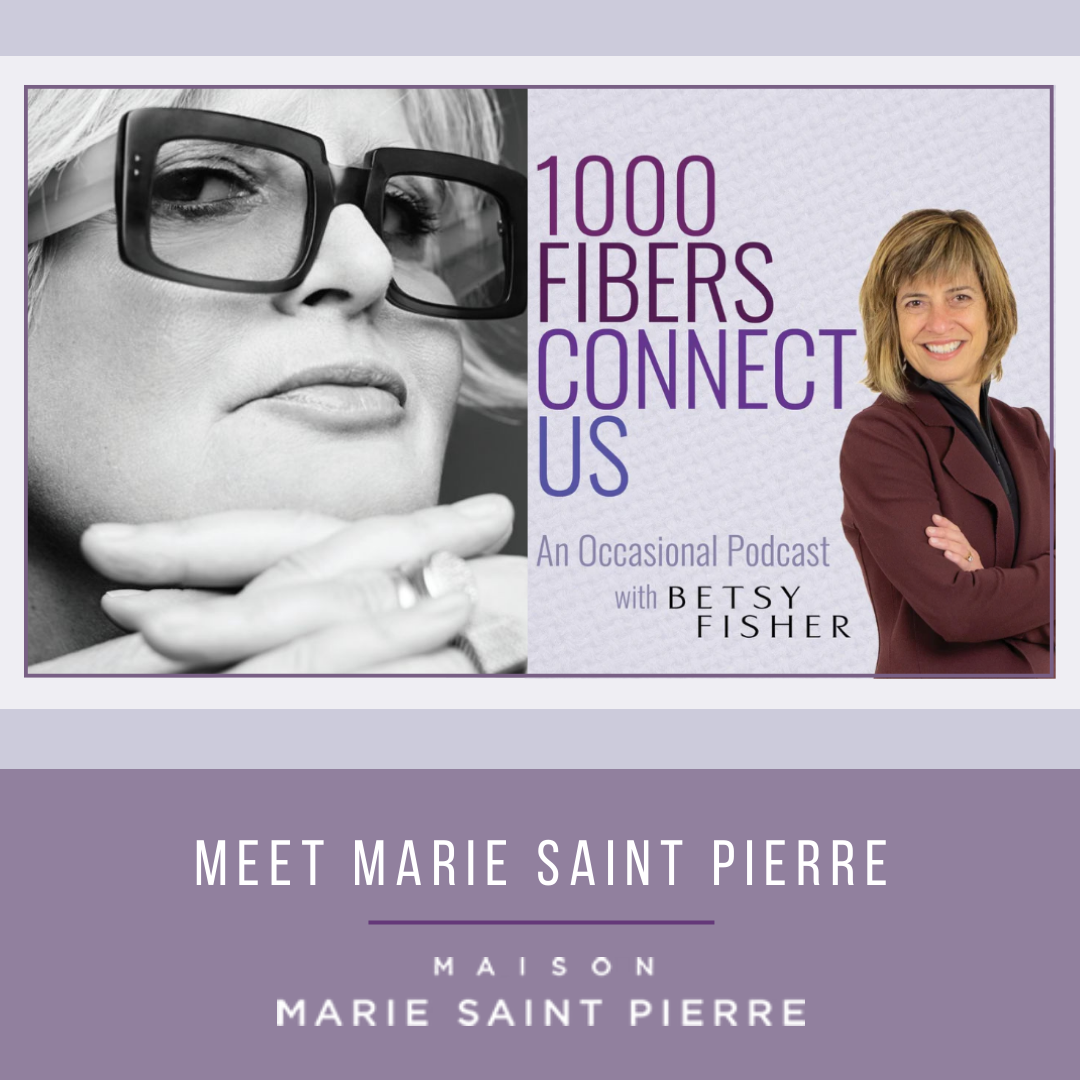In mid-December, Pantone announced Peach Fuzz as the 2024 Color of the Year. Photos of celebrities wearing Peach Fuzz dresses and jackets heralded the color’s ubiquity, but I knew it wasn’t a core color in our designers’ Spring 2024 collections. Curious about the relationship between a Pantone Color of the Year and its impact on our designers’ color choices led, click-by-click, down color-filled rabbit holes . . .
How does a single color emerge as a Color of the Year?
According to a fascinating Wall Street Journal video, The Economics of Pantone, what Pantone sells is the “promise of uniformity,” allowing the same color, delineated by a unique formula, to be reproduced consistently across media ranging from digital to paper, from paint to fabric and metal. Consistency creates a clear marketing message, and if you’ve thrilled to the sight of a Tiffany box, or even a Tiffany ad, you know the visceral power of color in branding.
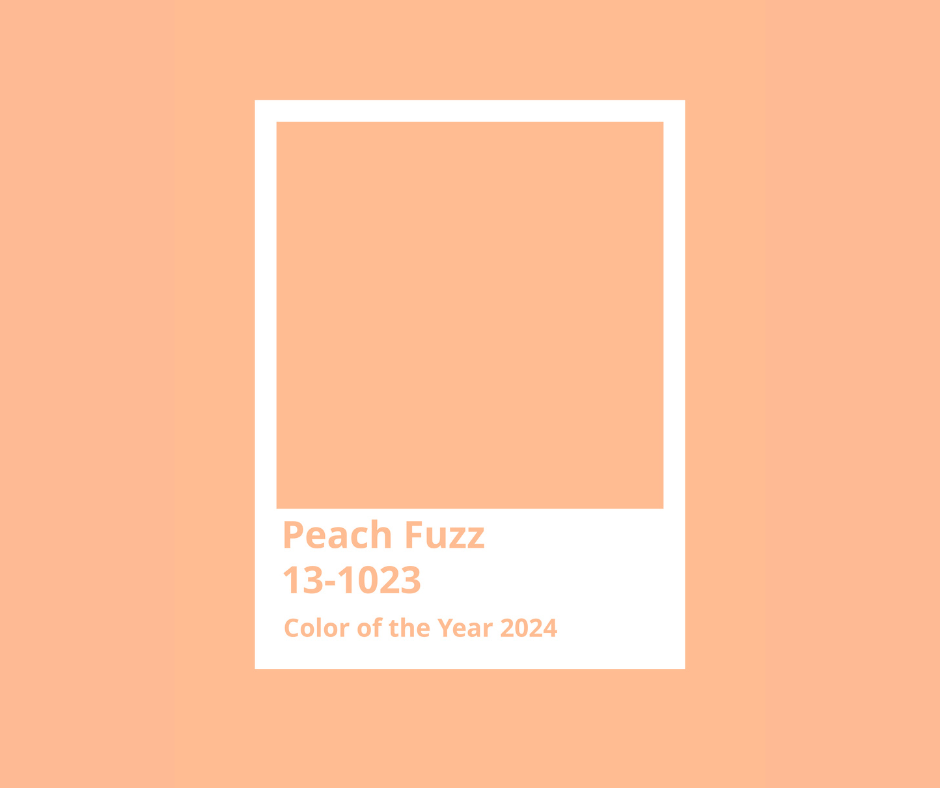
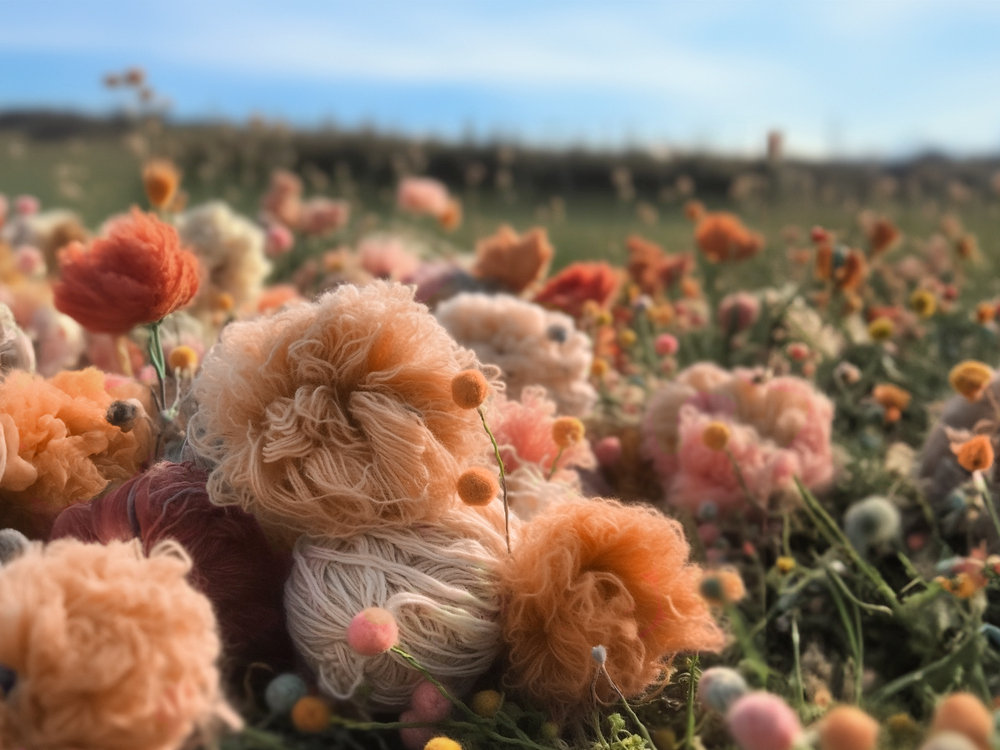
Pantone’s color selection process goes on throughout the year via discussion with people around the world in different design fields. Participants analyze global trends in travel, art, fashion, industrial design, home décor, economics, and politics, i.e. everything cultural. Leatrice Eiseman, the executive director of the Pantone Color Institute, describes the important emotional valence of Peach Fuzz to Smithsonian Magazine’s Sarah Kuta (12/11/23): “We chose a color radiant with warmth and modern elegance, a shade that resonates with compassion, offers a tactile embrace and effortlessly bridges the youthful with the timeless.”
As an antidote to and respite from global tensions, Peach Fuzz carries a heavy load, and given the timeline of a new Color of the Year’s penetration into world-wide consciousness, we’re likely to see a lot of Peach Fuzz through 2025. But will we see it in clothing?
Designers and Color Choice
Fortified with the understanding of how Peach Fuzz emerged, I called Hilton and the design crew at Iris to discuss how they arrived at their Spring 24 colors. Both feature versions of orange and Hilton’s collection includes soft peach and apricot. They explained that their choices are made more than a year ahead of the Pantone selection.
Fashion, an indicator considered by the Pantone process, has its own method of surfacing color. The dominant fabric fair attended by high end designers, Premiere Vision, holds bi-annual exhibitions featuring yarns, fabrics and components to be used in garments and accessories 18 – 24 months in the future.
In early February, the Paris edition of Premiere Vision will show fabrics for use in Fall 2025 and Resort 2026 Collections. Designers manage multiple collections simultaneously, and the ones beyond those being shipped, produced, and sold at wholesale start as inklings. A visit to Premier Vision allows an inkling to take on substance.
The Premier Vision (PV) organizers curate color and fabric boards that embody the technological innovations, ethical concerns, and aesthetic priorities from key fabric and component producers across Europe and Asia. From their core understanding that “color lies at the heart of the creative process – each season starts with the elaboration of a new color range consisting of some 20 exclusive shades.” Showcasing different families of colors, color effects, surfaces, treatments, prints, and more to illustrate emerging fabric trends, the boards serve to guide and inspire the attending designers as they walk through exhibition halls filled with thousands of fabric choices.
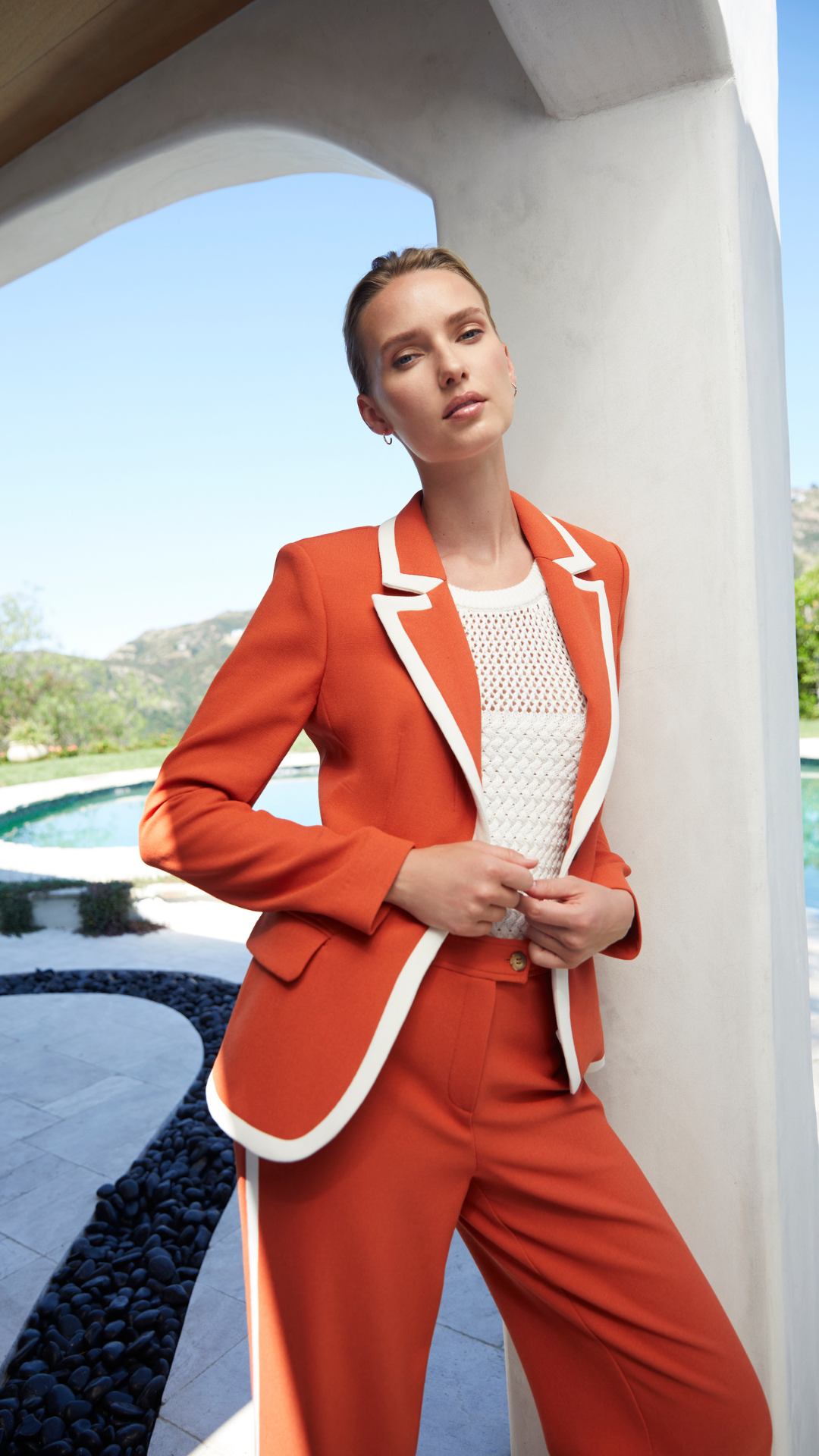
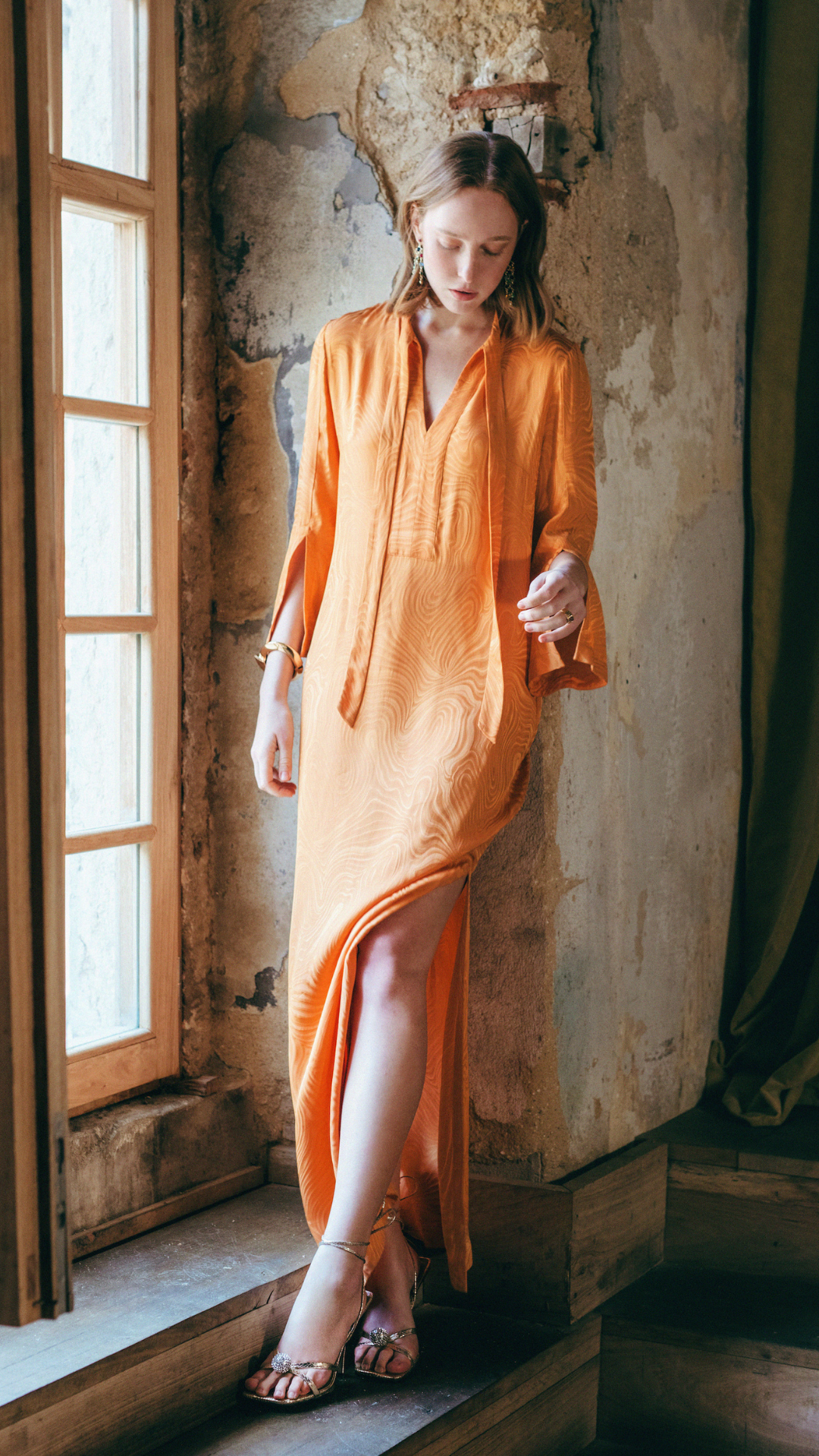
When Iris arrives at a PV exhibition, their boards can confirm her vision for that future season or surprise her. Iris looks first for fabrics that meet her customers’ needs, such as an appealing base cloth for suiting, then selects prints and colors for each capsule of a season’s collection. Iris selects color confidently, as the popularity of Iris Setlakwe Fall 23 green and purple suits attest, and the prints and knits complement her base colors while highlighting PV’s most relevant trends.
For Hilton, wearing both his business owner and designer hats at PV, the wide scope of mills offers opportunity not just for new fabrics and aesthetic directions, but also for developing relationships with mill agents and manufacturers. Much of Iris’s production takes place in house in Montreal, but Hilton produces in Hong Kong, Japan, Portugal, and Turkey. The costs of fabric and finished clothing transport factor in Hilton’s decisions as well as the costs of the fabrics themselves.
Hilton and Iris both chose fabrics for their Spring 24 collections by attending the Fall 2022 Premier Vision. Their selections from 2022’s emerging color trends, or even their rejection of them, presaged Peach Fuzz.
When you shop the independent, small design houses, you’re enjoying what the designers bet will be the colors, textures, and fabrics that will delight you 18 months into the future. Their decisions stem from their relationships with you and their business experience. Pantone’s remarkable commercial and creative feat of convergence and reading the zeitgeist will resound in homogenized Peach Fuzz products throughout global markets, but clothing starts with the innovations of craftspeople, the curation of fabric show organizers, and the risks taken by these and other fashion entrepreneurs at every level. Designers like Iris Setlakwe and Hilton Hollis ensure the variation and personalization that make our wardrobes and colorful presence in the world uniquely our own.
